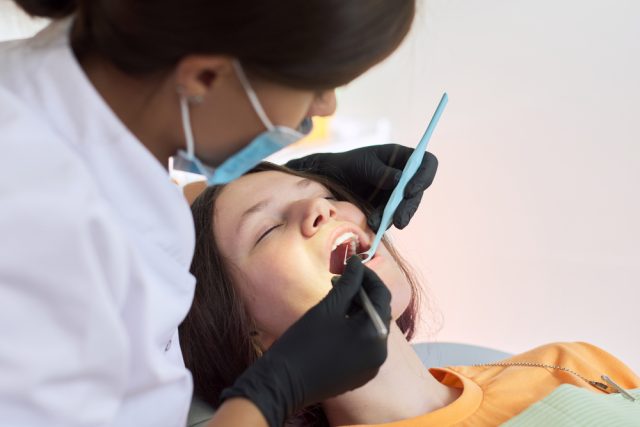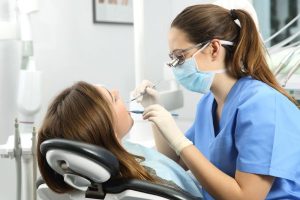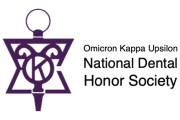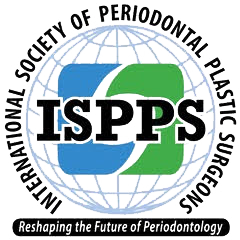Experience Comfort with Oral Sedation at Maring Surgical
At Maring Surgical Oral Surgery and Dental Implant Center, we understand that many patients feel anxious about dental visits. That’s why we offer oral conscious sedation to help ease those worries and make your treatment as comfortable as possible. This effective sedation method allows patients to relax while still being alert and responsive during dental procedures. If you’re seeking a compassionate and effective way to receive care without anxiety, contact our Seattle dentist at 206-343-7500 to learn more about our sedation options today.
Located in downtown Seattle, WA, we take pride in offering comprehensive oral surgery care, including dental implants and wisdom teeth removal. Our collaborative approach as a husband-and-wife team with extensive training in both dentistry and medicine sets us apart in the Seattle area. Dr. Thomas Maring, and Dr. Susan Maring each bring years of expertise to our practice, ensuring you receive top-quality care tailored to your needs.
What is Oral Conscious Sedation?
Oral conscious sedation is a method that utilizes sedative medications, typically in pill form, to help patients relax during dental procedures. This form of sedation allows patients to stay awake and aware while feeling calm and comfortable. The primary goal of oral conscious sedation is to alleviate anxiety while minimizing discomfort, making it an optimal choice for individuals with dental phobia or those undergoing longer dental treatments.
Many patients appreciate the effective and straightforward nature of oral conscious sedation. By taking a prescribed sedative prior to their appointment, patients can arrive at the clinic feeling more relaxed and less apprehensive about their treatment. This method may also enhance overall comfort, enabling our dental team to focus on providing the necessary care with minimal interruptions.

Unique Approach to Patient Care
At Maring Surgical, we prioritize the quality of care we offer our patients. What truly distinguishes us is our integrated practice model, where out oral surgeon and periodontist work collaboratively under one roof. This approach allows us to handle a broad range of procedures efficiently, ensuring that your oral health needs are met comprehensively.
Dr. Thomas Maring, and Dr. Susan Maring have dedicated their careers to ongoing education and professional development, allowing them to provide the highest standard of care. Your safety and comfort remain at the forefront of our practice philosophy.
Types of Oral Conscious Sedation Drugs
Benzodiazepines
Benzodiazepines are widely utilized in oral sedation dentistry due to their potent anxiolytic and sedative effects. They act on the central nervous system to produce relaxation and reduce anxiety, which is particularly beneficial for patients experiencing dental fear. One of the significant advantages of benzodiazepines is their considerable safety margin, or high therapeutic index, which indicates a lower risk of causing severe side effects compared to other sedatives. Common examples include diazepam, midazolam, and lorazepam, each of which varies in onset and duration of action.
Non-Benzodiazepines
Non-benzodiazepines serve as an alternative to benzodiazepines and offer similar anxiolytic effects with potentially fewer side effects and a lower risk of dependency. Medications like dexmedetomidine and propofol can effectively promote relaxation and reduce anxiety during dental procedures. They are particularly advantageous for patients who may have concerns about long-term use or dependence on benzodiazepines. Their use allows for a customized sedation experience while maintaining patient safety and comfort.
Antihistamines
Antihistamines, while primarily used to address allergic reactions, can also function as sedatives due to their ability to induce relaxation. Medications such as diphenhydramine (Benadryl) may be administered to patients to help alleviate mild to moderate anxiety during dental treatments. Although their sedative properties are not as strong as those of benzodiazepines or non-benzodiazepines, antihistamines provide valuable options for patients who may require only mild sedation. This makes them suitable for cases where lighter sedation is preferred or when patients have contraindications to stronger sedatives.
Opioids
Opioids are another category of medications that, while not typically classified as sedatives, can provide pain relief and, to some extent, sedation effects. In dentistry, opioids like oxycodone or hydrocodone may be prescribed postoperatively to manage pain, potentially contributing to an overall sense of comfort. However, their use carries a higher risk of dependence and side effects, making them less favorable for routine sedation purposes during procedures.
Each of these categories plays a crucial role in managing patient anxiety and ensuring effective sedation during dental procedures, allowing for tailored treatment based on individual patient needs and preferences.

How Does Oral Conscious Sedation Work?
The process of oral conscious sedation begins during your initial consultation, where the dentist will evaluate your medical history and discuss any concerns you may have. The sedative medication can be prescribed to be taken about one hour before your dental appointment. Here’s a closer look at the oral conscious sedation process:
- Medication Administration: The dentist will provide a sedative, which is common in the benzodiazepine class, such as triazolam or lorazepam. These medications are designed to reduce anxiety and provide a sense of tranquility.
- Onset of Sedation: Patients typically begin to feel the effects of the sedative about 30 to 60 minutes after ingestion. As you enter a state of relaxation, your level of anxiety diminishes, allowing for a more pleasant dental experience.
- Completion of Treatment: While you remain responsive and able to follow the dentist’s instructions, you will most likely have little memory of the procedure afterward, with some patients even experiencing a temporary amnesia effect.
- Recovery: After your dental treatment, the sedative effects will gradually wear off. Most patients can return to their regular activities without lingering effects, although it is crucial to have someone accompany you home following your appointment.
Benefits of Oral Conscious Sedation
Oral conscious sedation offers distinct advantages that make it an appealing choice for many patients:
 Safety and Efficacy: With proper administration, oral conscious sedation is a safe option for most patients. The medications are well-studied and widely used in dental practices.
Safety and Efficacy: With proper administration, oral conscious sedation is a safe option for most patients. The medications are well-studied and widely used in dental practices.- No IV Involved: Unlike other sedation methods, there is no need for intravenous lines, making oral conscious sedation less invasive and more comfortable.
- Customizable Dosing: Based on each patient’s needs, the sedative dosage can be adjusted to achieve the desired level of relaxation.
- Calm and Relaxed Experience: Many patients report feeling a sense of calm, allowing them to undergo necessary treatments without anxiety and discomfort.
- Short Recovery Time: Another key benefit is the quick recovery time associated with oral sedation, allowing patients to resume their daily activities soon after their appointments.









